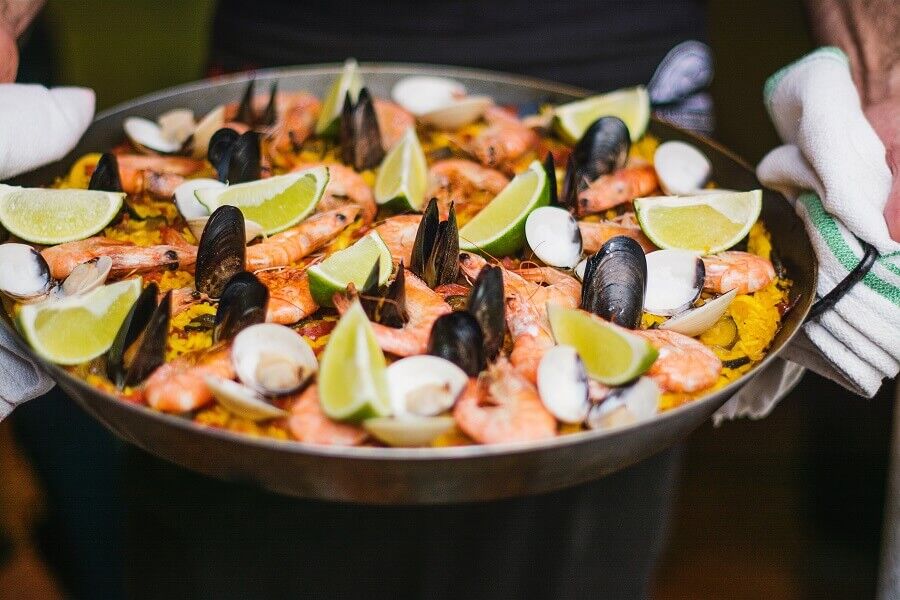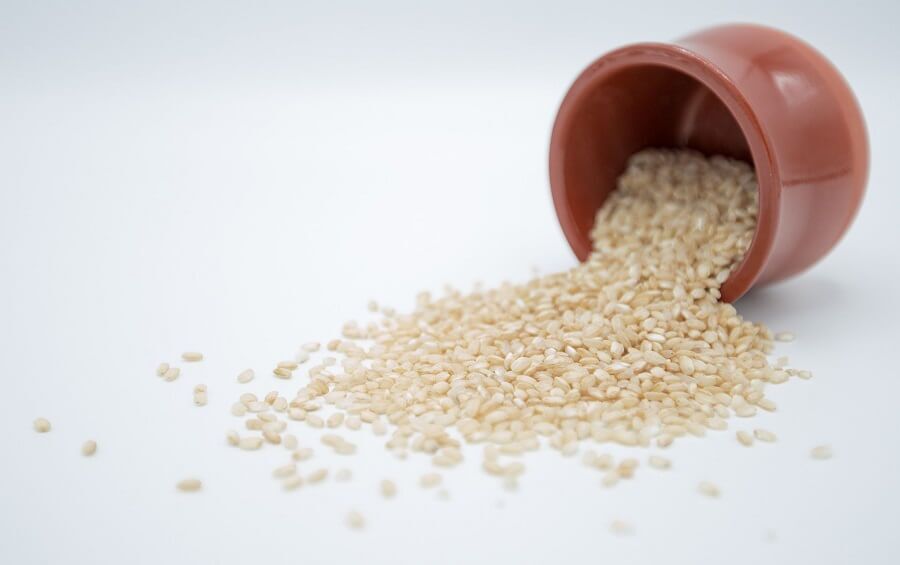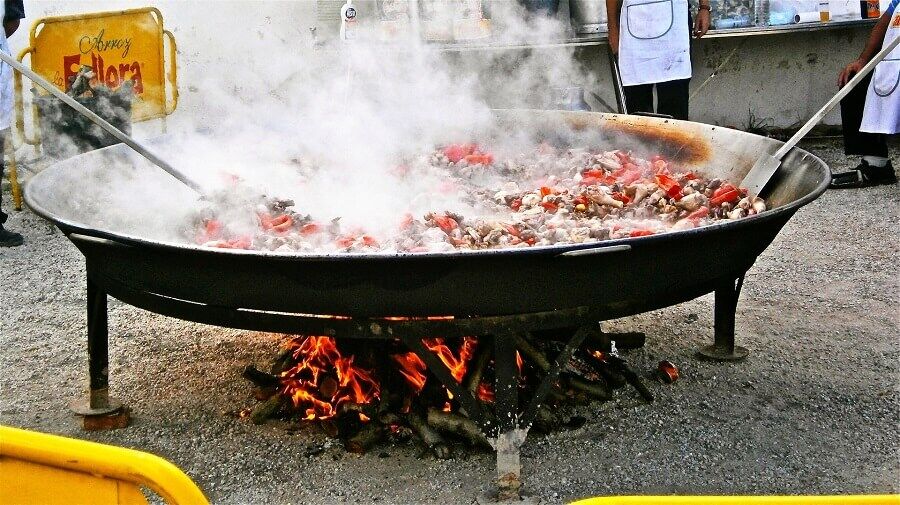A history of Paella
Understanding Spices
Your cart is empty.
SUBTOTAL
£0.00

Understanding Spices
Originating from a region called Valencia on the east coast of the country, paella is a rice dish which is internationally seen as Spain’s national dish (although the Spanish might think differently, as they’ll tell you it’s a Valencian dish!). However, it’s found in every region of Spain and there are as many versions of the dish as there are cooks.
But despite the varieties, there are five main types of paella:

Of course, no paella would be complete without paella spices and paella herbs. While these vary depending on the region and the cook, the main paella spices and paella herbs are:
The Moors were the Muslim inhabitants of Northwest Africa, the Iberian Peninsula, Sicily and Malta during the Middle Ages. In 718, they arrived in Spain via Valencia, one of the largest natural ports in the Mediterranean. They brought rice with them, and Valencia became the most important rice producing area in Spain. Interestingly, the Spanish word for rice is ‘arroz’ which is derived from the Arabic ‘al-ruzz’.

Paella was originally cooked by farmers and farm labourers. They cooked rice together with whatever was available in the fields – tomatoes, onions, snails and few beans. Meats like chicken and rabbit were only added on special occasions. The paella would be cooked in a large pan on an open fire. This distinctive pan is appropriately called ‘la paella’, which comes from a Latin word ‘patella’ meaning pan. Today, it’s still eaten in the traditional way – straight from the pan.

The Spanish food historian Lourdes March once said that paella “symbolises the union and heritage of two important cultures: the Roman, which gives us the utensil and the Arab, which brought us the basic food of humanity for centuries.”
Today, paella is still an important part of life in Spain. As well as eating it in restaurants, paella is often cooked at family gatherings, picnics and holiday areas. It’s also very often a centrepiece for fiestas. Cooking is very often left to the men – much like a BBQ in the UK!

Wherever there’s a mass gathering, there’ll be a paella simmering somewhere. Whether it’s a festival, political campaign or protest, it’s customary to have an enormous paella cooking. Spain is also home to many paella competitions, most notably the Concurs Internacional de Paella Valenciana which is now in its 60th year. This competition originated in the city of Sueca, Valencia and searches for the best paella in the world.
Fancy a shot at cooking the world’s best paella? We’ve got all the paella spices and paella herbs you will need to start practicing. Or you could cheat by using our paella spice mix.
Understanding Spices
Spices have long been integral to the UK's culinary landscape, adding depth, flavours, and richness to a myriad of dishes. From the pungent aroma of cumin in Indian curries to...
Read MoreUnderstanding Spices
Confetti is an essential part of any wedding day. Not only is it a wonderful way to greet a newlywed couple, but it also provides some beautiful photo opportunities. The...
Read MoreSeasonal Ideas
It’s no secret that any handmade gift will always be more special than a store-bought one. Homemade food gifts are especially wonderful, a labour of love that shows someone you...
Read MoreHealth and Wellbeing
It’s no secret that winter’s cold and gloomy weather makes us crave indulgent dishes like fondue and baked goods like sticky toffee pudding and apple crumble. While Christmas is the...
Read More